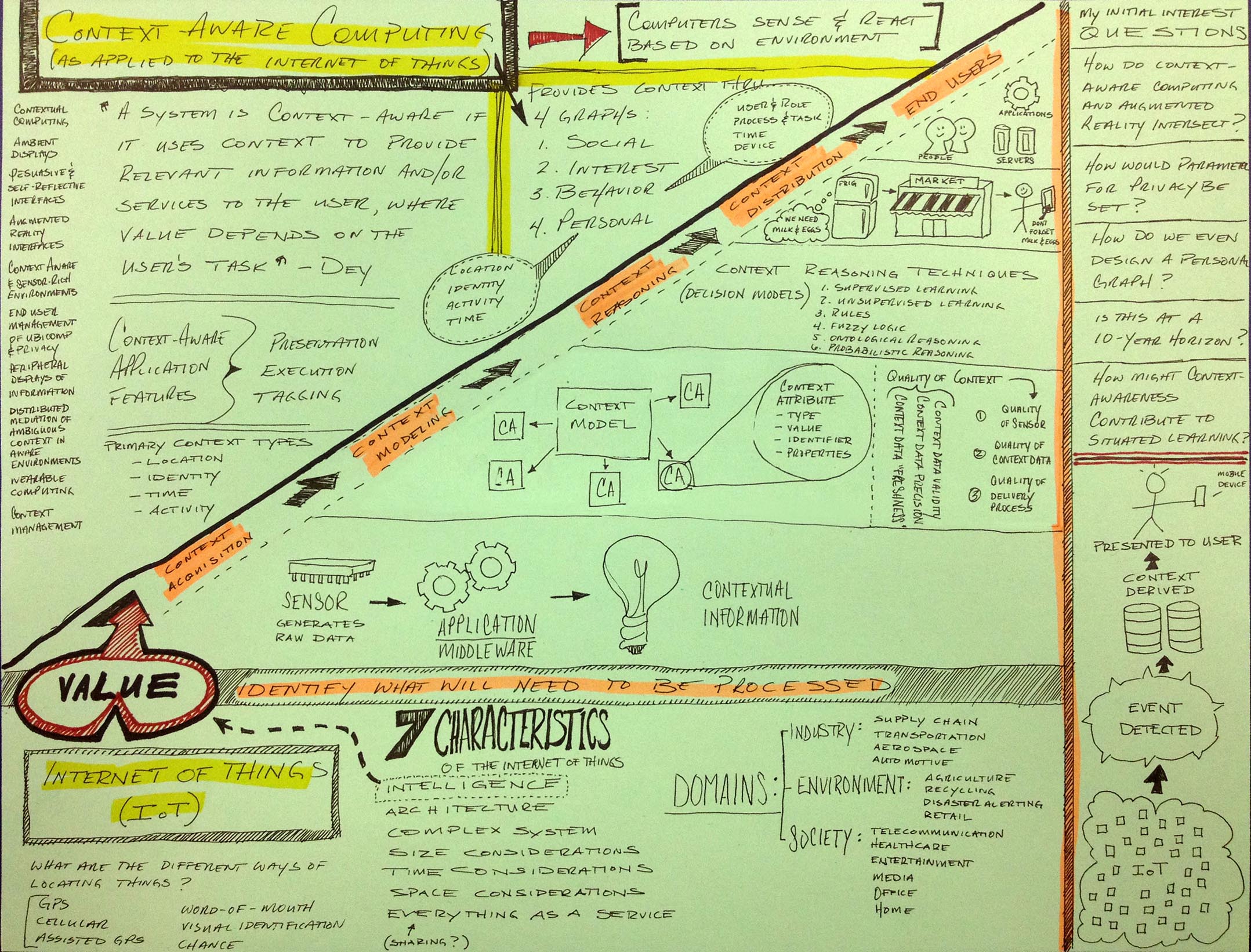Getting Contextual: Beyond Employee Engagement in HR Technology
The use of HR technology to heighten employee engagement is still evolving. In some respects – and despite so much that’s been written about it – applying the features of HR and HCM technology to boost employee engagement is still in its infancy. But in other regards, the trend is already starting to become passé.
The practice of tapping into existing legacy HCM systems to drive employee engagement will soon be outdated. Here’s how Brandon Hall Group and The Starr Conspiracy put it in their recent white paper, The Future of HCM: 7 Trends That Every HCM Provider Needs to Know: “There’s one certainty within this uncertainty. These legacy HCM systems will all eventually go away forever. HCM players have taken novel steps to hasten the progress of this slow death.”
The future is in contextual computing. Vendors who expect to be at the leading edge of connecting HR with its employees will not only tie together more and more of the disparate threads that make up their employees’ lives. They’ll pull all of those threads together in real time and make the process of accessing necessary information seamless and continuous.
This will transform the way HR technology will function. What does that mean for you? Three big things:
- For starters, HR will be able to take advantage of HCM systems that place HR software within a much broader set of employee needs in the moment. HR technology will be based on a deeper understanding of the user – whether HR or employees – to continuously develop customized, meaningful actions for each user.
- HR will move even faster toward truly enabling employees. This will be the result of the shift toward HCM vendors that better enable HR end users. Features similar to the recommendation engines you see now on Google and Amazon will connect HR and employees to data based on their individual needs, allowing them to make decisions without delay.
- HR and employees will have much greater ability to pull together information from myriad sources when they need it, wherever they are, all from their desktop. Think of HR being able to obtain data from somewhere in the organization’s HR case management system, without needing to go directly to the source. Think of employees being able to get answers and information about benefits or leave policies without having to search the company’s online library.
The point here is that the data will come to you and your employees without you needing to run after it.
Will all of this happen today or tomorrow? No. But as a recent article about contextual computing in Fast Company summed up the prevailing trend: “Within a decade, contextual computing will be the dominant paradigm in technology. Even office productivity will move to such a model. By combining a task with broad and relevant sets of data about us and the context in which we live, contextual computing will generate relevant options for us …”
HR leaders who appreciate the trend toward contextual computing will be more likely to hire and retain more-engaged employees and keep their companies more competitive.
Image source: christen.community.uaf.edu






Thank you for the good writeup. It in reality was a enjoyment account it.
Glance advanced to far delivered agreeable from you!
However, how could we keep in touch?
This piece of writing is genuinely a pleasant one it assists new web users, who are wishing for blogging.
I was curious if you ever thought of changing the
page layout of your blog? Its very well written; I love what youve got to say.
But maybe you could a little more in the way of content so
people could connect with it better. Youve got an awful lot of text for only having one or two
images. Maybe you could space it out better?